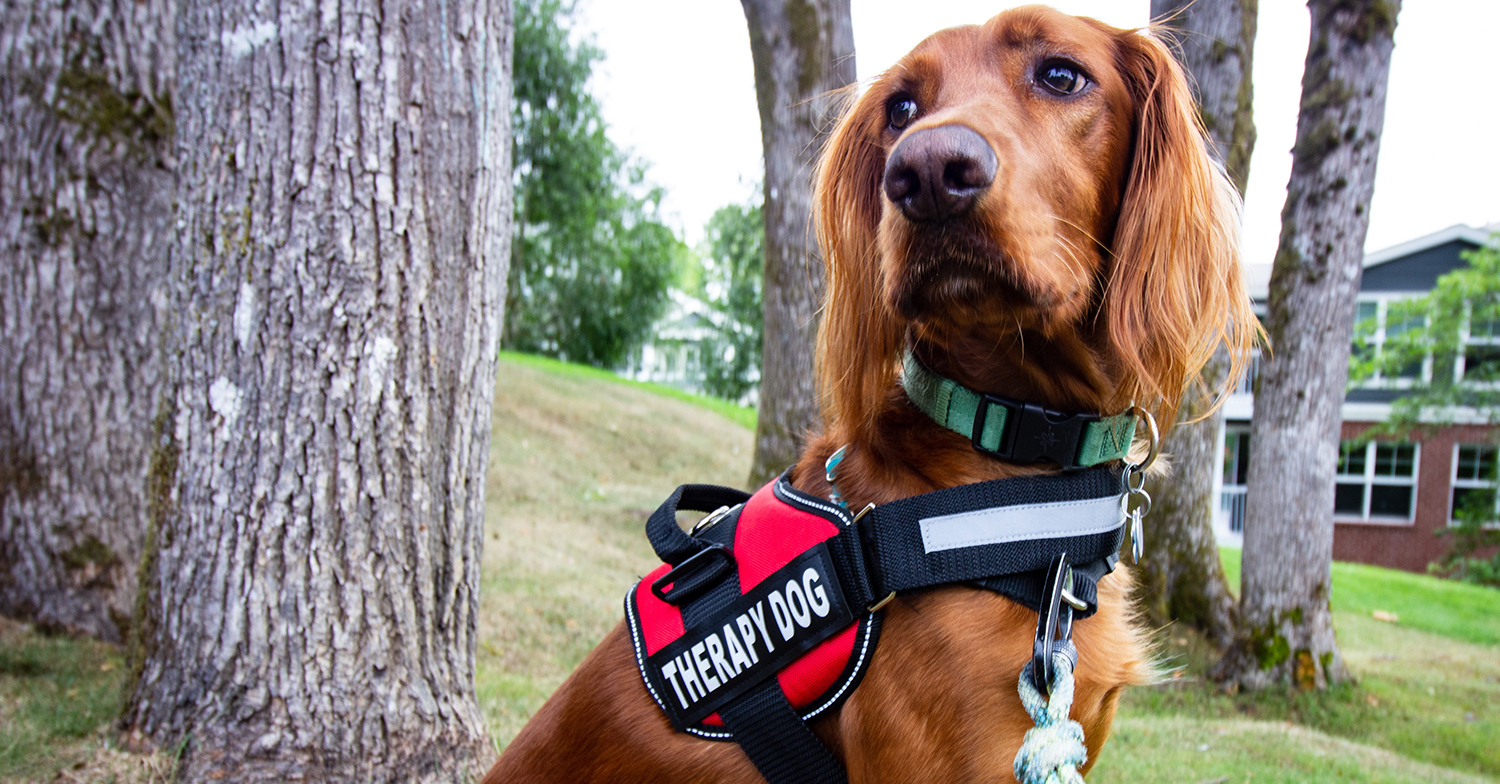
A VIEW FROM THE BACK PEW
By Rev. Canon Christopher B. J. Pratt
Here is a question for our Diocesan Family:
When you are in our Cathedral, look around, can you identify a symbol of an organization whose history of caring for humanity may be traced back to the 11th century?
Beginning as a hospice in the City of Jerusalem, a group of individuals developed a hospital caring for the poor, the sick and the suffering. They reached out to those in need without asking them to identify themselves by their faith tradition or any other litmus test.
A key element in the identity of the faith community who engaged in this ministry was that the feudal hierarchal system and order of the day was turned upside down. A radically new way of ministry was being offered, as a person’s need and not their social status, or their faith identity, defined how the community responded.
Readers of this article may have understood by now that I am writing about the work of the The Most Venerable Order of the Hospital of St. John of Jerusalem.
Those who are associated with this work are currently hiding, in plain sight, all around us, as Medical First Responders who wear the White Cross of St. John on their uniforms as members of St John Ambulance. We see them at many public events in our communities and we have been aware of the presence of St. John volunteers at our Diocesan Synod over the years.
A significant feature of the St. John Ambulance organization is the manner in which it continues to draw on its heritage and tradition to shape its present work in the community. St. John volunteers are present to be the first ones to respond to immediate medical concerns at community events.
The St. John Therapy Dog program which was initiated in Canada has spread around the globe as the worldwide organization has seen the healing value of how the presence of St. John volunteers, along with their canine companions, offer a non - judgmental and healing presence in their visits to seniors’ residences, universities and even in airports. School visits where patient dogs, who will neither correct a young student's grammar or pronunciation as a story is read out loud, generate a higher level of confidence which, in turn, enhances a student's learning experience. St. John volunteers may be trained in how to respond to drug overdosing. Different groups come together to learn how they can best respond to large scale disasters.
At the heart of St. John's connection with the community is the way in which the organization offers training for individuals to respond to immediate critical situations in their own lives.
First Aid and CPR training are available and accessible for all who want to have the basic tools necessary to respond immediately to the needs of members of family and friends. St. John Ambulance sets the Gold Standard for workplace Health and Safety Canadian guidelines.
 From my perspective, a significant feature of the St. John organization is the attention which is given to the care and support of volunteers by a cadre of St. John Chaplains. Individuals with experience in ministry have the opportunity to offer a caring ministry to those who respond to the wider needs of the community and find themselves needing care.
From my perspective, a significant feature of the St. John organization is the attention which is given to the care and support of volunteers by a cadre of St. John Chaplains. Individuals with experience in ministry have the opportunity to offer a caring ministry to those who respond to the wider needs of the community and find themselves needing care.
At a recent Conference, as Ontario’s Provincial Chaplain and Sub Dean of the Priory of Canada, it was my pleasure to welcome Bishop Nigel Shaw as one of the newest St. John Chaplains in the Province and present him with his Chaplain’s pin. Bishop Shaw resides in the Diocese of Huron and currently serves as the Anglican Bishop to the Canadian Armed Forces. He personifies the way in which many St. John Chaplains volunteer their time in addition to the other work they do which is the primary focus of their ministry.
As a charitable organization, money raised from the work of St. John staff and volunteers makes difference in the lives of people they will never meet. The Order of St. John in Canada is a key supporter of the work of the St. John Eye Hospital, which is the only charitable provider of eye care in Gaza, the West Bank and East Jerusalem.
The four arms of the White Cross of St. John have been used to remind its wearers of the four cardinal virtues of Prudence, Justice, Temperance and Fortitude. The eight points of the Cross represent the eight Beatitudes which spring from the practice of those virtues. (Matthew, 5).
I invite you to look for a St. John volunteer. Talk with them about the work they do. Thank them for the way in which, as they enhance their own skills as health care providers, they also serve the wider community by their caring presence.
The traditions of the past continue to teach us how to express our faith by caring for others. The Hospitallers of centuries ago felt that it was in serving the needs of others, they were serving Our Lord.
May each of us discover and follow our own path of service.
By the way, when you visit St. Paul’s Cathedral, you will find the flag of the Most Venerable Order of the Hospital of St John of Jerusalem has been placed in the South Transept.
Rev. Canon Christopher B. J. Pratt has retired from full time parish ministry, but continues to offer priestly ministry in the Diocese.
chrispratt@diohuron.org
